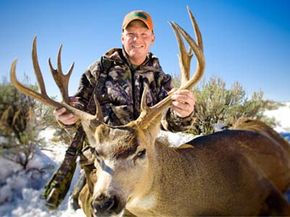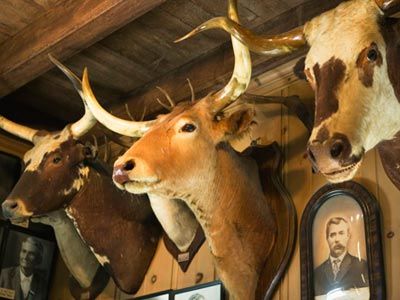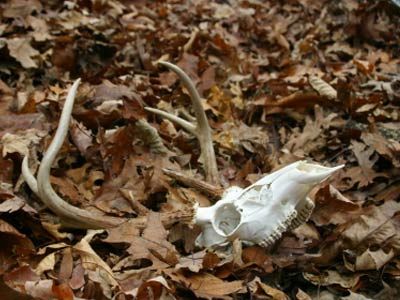One of the best parts of hunting is bringing your harvest home, either for the dinner table or as a new mount for the living room wall. But the journey from the woods to the wall can be long and hard, and there are things you need to know before you begin.
First, not only will you need a license to hunt, but also a transportation permit. Every animal you bag will need to be tagged with a transportation permit before you take it to the check-in station. Once you have checked it in, you can head back into the woods (if more than one animal can be bagged in a single day) or head on to the meat processors.
Advertisement
Second, there are serious safety concerns with transporting harvested game. There are personal safety issues with moving the game from the woods to your vehicle and also very serious concerns regarding the spread of disease and moving to, from and through containment areas. This article will take an in-depth look at these kinds of safety concerns.
Once your harvest is loaded in your vehicle, how you transport it to the check-in station and to your home or the processors is a sensitive matter that has the attention of lawmakers and the public in general. You should always remember to employ respectful techniques while hunting -- respect for the animal should follow through to the table.
Once you have a clear understanding of the issues surrounding transporting harvested game, be sure to follow up with your state's specific guidelines.
Up next, obtaining and properly using permits for transporting harvesting game.
Advertisement


